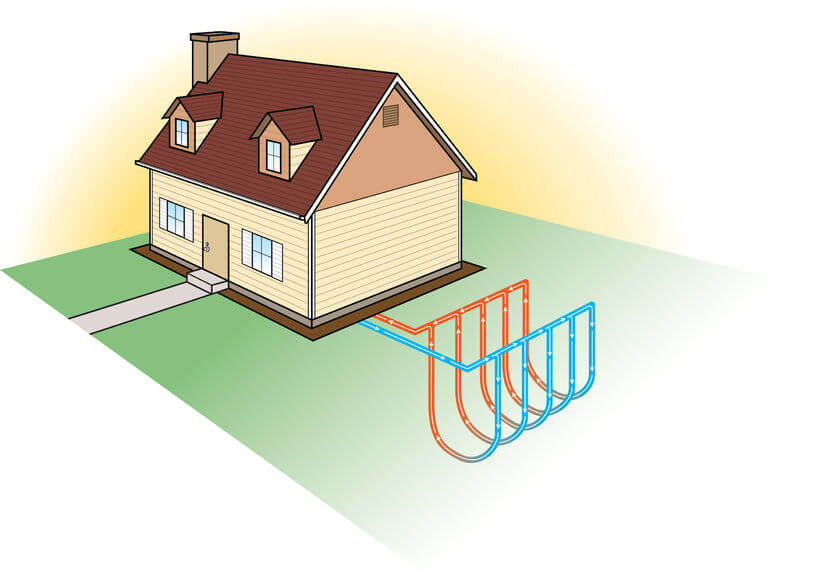
Facts and Myths About Geothermal Heat Pumps
If you’re shopping for a new HVAC system, it’s possible you’ve come across some information about geothermal heat pumps. The claims seem almost too good to be true – up to 70 percent savings for heating and 30 to 50 percent for cooling costs. On top of that, the system simply transfers the warm or cold air from your home to outside and back. There is no combustion so the carbon footprint is dramatically lower with a geothermal heat pump than a traditional HVAC system. In order to decide whether this technology belongs in your home, consider these facts and myths about geothermal heat pumps.
Geothermal heat pumps are costly. That’s a fact, but the cost to operate is so much lower than traditional HVAC systems that the initial cost often can be recouped over time. Experts estimate the average homeowner with a 2,000-square-foot home will pay between $10,000 and $20,000 to purchase and install a geothermal heat pump. However, it’s important to check on the very latest in both local and federal incentives, which can pay for between 30 to 60 percent of the cost to purchase and install a geothermal heat pump, as a way to promote residential renewable energy.
Geothermal piping requires a large yard. That’s a myth. In some cases, if there is an aquifer nearby or if the shape of the yard is sufficient for a vertical installation, only a few square feet of the yard will be taken. However, it’s best to have to have someone with experience installing geothermal systems to look at your property and determine what kind of installation will be required.
Geothermal systems wear out quickly. That’s a myth. In fact, experts say a geothermal heat pump will usually last much longer than traditional HVAC systems because the piping loops in the ground can last for decades while the rest of the system is indoors and not exposed to the elements.
No heating and cooling method is more efficient. That is a fact. The Environmental Protection Agency conducted a study that determined geothermal units have the cheapest life-cycle cost of all heating and cooling systems commercially available. In addition, experts say geothermal systems have significantly lower lifetime maintenance costs and a greater life expectancy.
Geothermal systems are good for the environment. Also a fact. According to the U.S. Department of Energy about 40 percent of call arbon dioxide emissions in the country have been traced to heating, cooling and providing hot water for homes and businesses. A 3-ton geothermal heat pump produces, on average, one less pound of carbon dioxide for every hour it is in operation, as compared to traditional systems. Stretch that out 20 years and the reduction in carbon dioxide would be about the same as planting 120,000 acres of trees or converting nearly 60,000 cars to zero-emission vehicles.